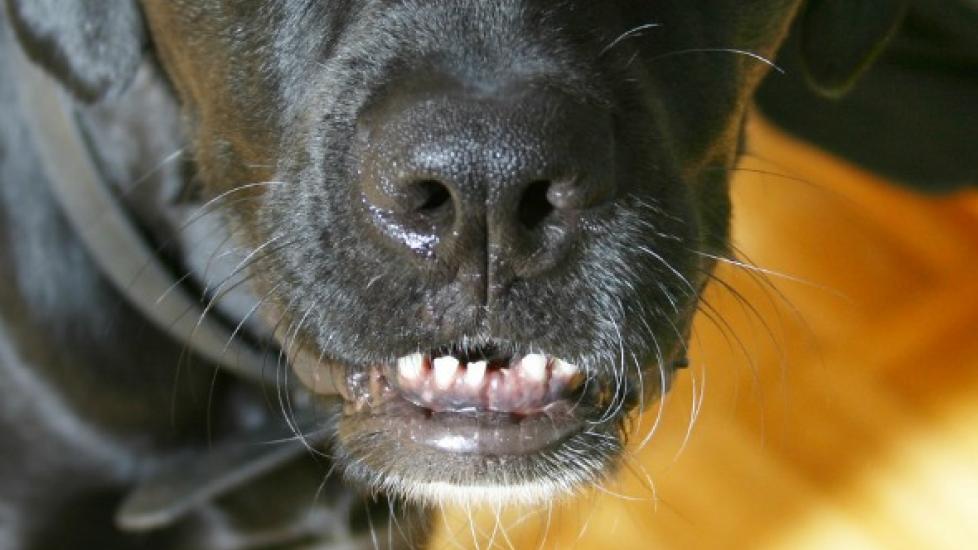The Unexpected Journey of Fido’s Tooth: A Guide to Dental Emergencies in Canines
Imagine the heart-stopping moment when you notice one of your beloved dog’s pearly whites is no longer where it should be. The sudden loss or dislocation of a tooth can be an unsettling experience for any pet owner, especially if they are unprepared for such an emergency. This article aims to provide comprehensive guidance on recognizing and addressing dental emergencies in dogs, with specific focus on tooth displacement.
Recognizing the Signs of Tooth Displacement
Before delving into treatment options, let’s first understand how to identify a potential issue with your pooch’s dentition. Common signs that may indicate a problem include:
- Loose or Missing Teeth: Inspecting your dog’s mouth regularly can help spot missing teeth or those that appear loose or unstable.
- Bleeding Gums: If the area around the affected tooth is bleeding, it could signal trauma or injury.
- Refusal to Eat Hard Foods: Your usually enthusiastic eater might suddenly shy away from their favorite crunchy treats.
- Difficulty Chewing: Watch out for awkward chewing patterns or avoidance of certain textures in food.
- Swelling or Bruising: External swelling or internal bruising near the jawline can occur after significant force has been applied to the tooth.
Understanding the Causes of Tooth Dislocation
Dental issues in dogs often stem from various causes, including but not limited to:
- Trauma: Accidents during play or roughhousing can lead to severe impacts that displace a tooth.
- Growth Patterns: Sometimes, a puppy’s rapidly growing jaws can cause temporary misalignments as the permanent teeth come in.
- Inherited Conditions: Certain breeds are predisposed to dental problems due to genetic factors.
- Periodontal Disease: Advanced gum disease can weaken the supporting structures of the teeth, making them more susceptible to loosening.
Seeking Veterinary Attention
If you suspect your furry friend has lost or dislocated a tooth, immediate action is crucial. Here’s what you need to do:
- Prepare for Transport: Bring along a towel or blanket to wrap your dog gently for transport to the vet.
- Monitor Behavior: Keep a close eye on your pup’s behavior; pain or discomfort can lead to anxiety and other behavioral changes.
- Appointment Booking: Contact your veterinarian immediately to schedule an urgent appointment. They will likely refer you to a veterinary dentist if necessary.
Treatment Options for Tooth Dislocation
Once at the veterinary clinic, the following steps may be taken based on the severity of the situation:
- Examination and Diagnostics: X-rays will be taken to assess the extent of damage and plan appropriate treatment.
- Analgesia and Stabilization: Pain relief medications will be administered, followed by stabilizing the displaced tooth or extracting it if needed.
- Postoperative Care: Detailed instructions will be provided regarding diet modifications, follow-up appointments, and oral hygiene measures.
Preventing Future Incidents
Proactive care can significantly reduce the likelihood of future tooth displacement events. Consider these preventive strategies:
- Regular Checkups: Schedule regular dental exams with your veterinarian to catch early signs of trouble.
- Good Oral Hygiene: Brush your dog’s teeth daily using specially formulated toothpaste and brushes designed for canine use.
- Dietary Considerations: Choose foods that support strong bones and gums, avoiding hard objects that could potentially cause trauma.
- Supervision: Monitor playtime to ensure toys are safe and that roughhousing doesn’t get too intense.
By being aware of the signs, understanding the causes, seeking prompt medical attention, and implementing preventative measures, you can safeguard your dog’s oral health and ensure a happy, healthy smile for many years to come. Remember, every pawprint leads us closer to our pets’ well-being—and sometimes, even through unexpected detours like dental emergencies!
